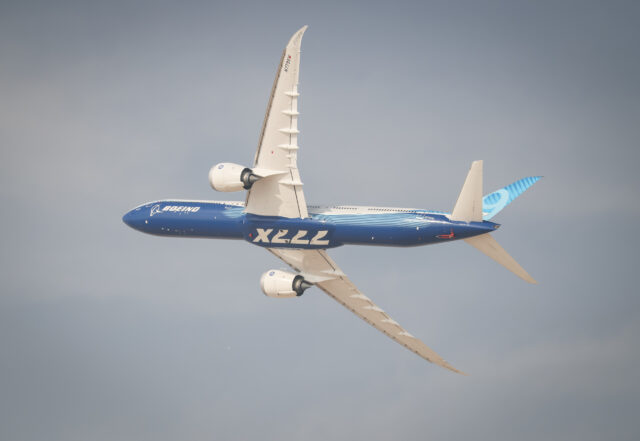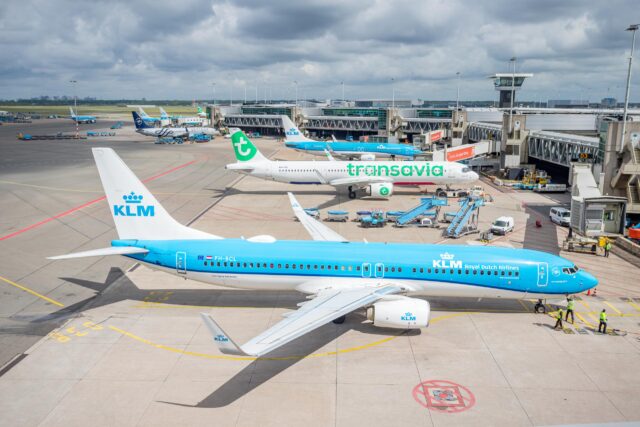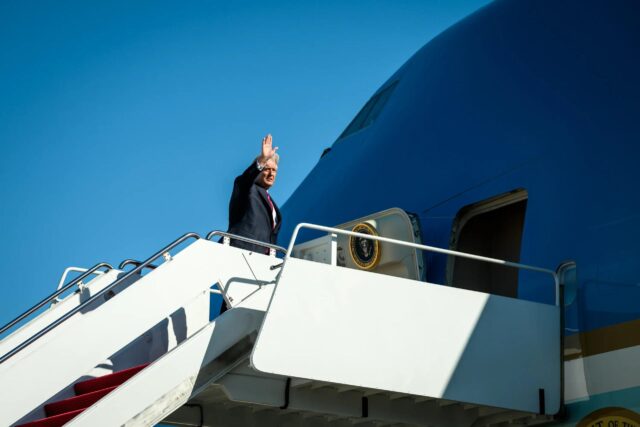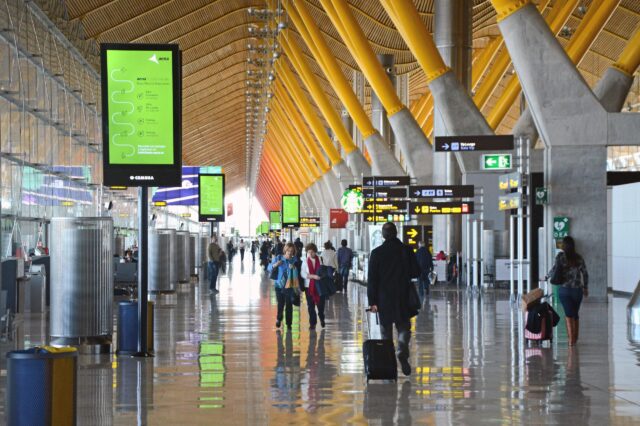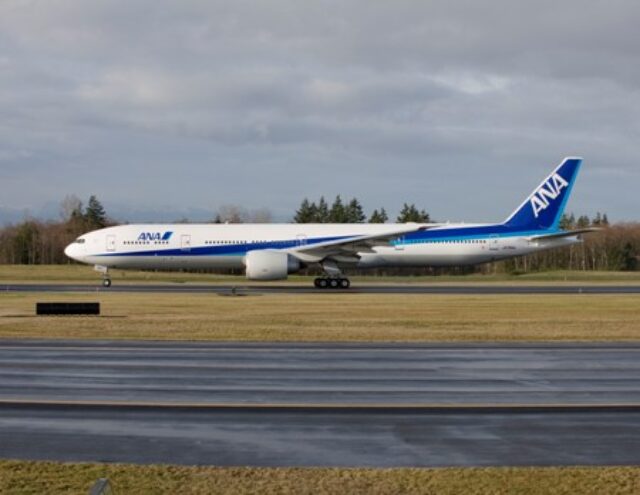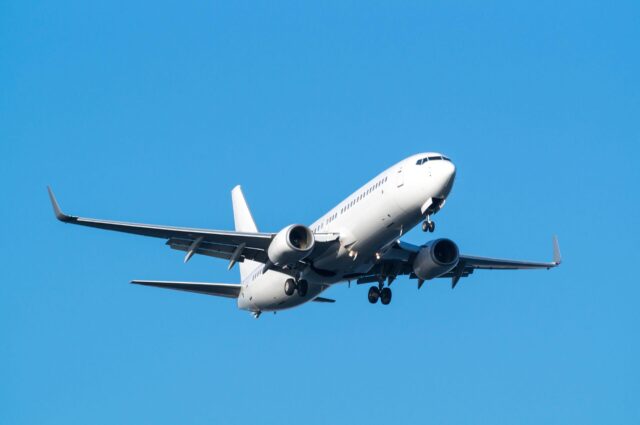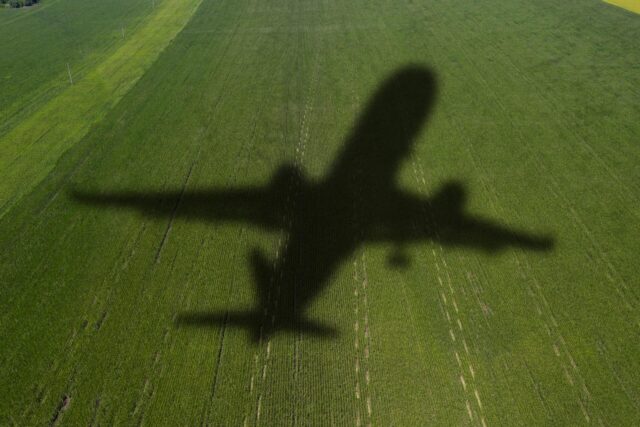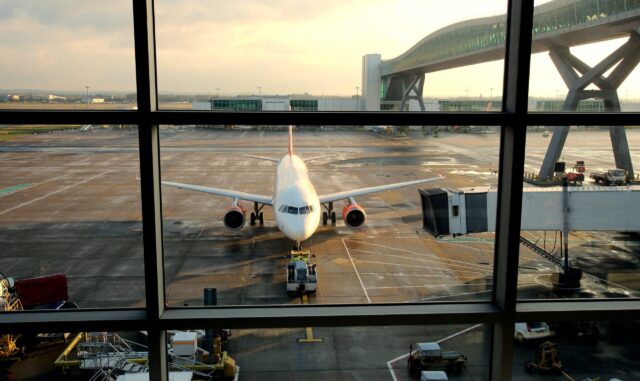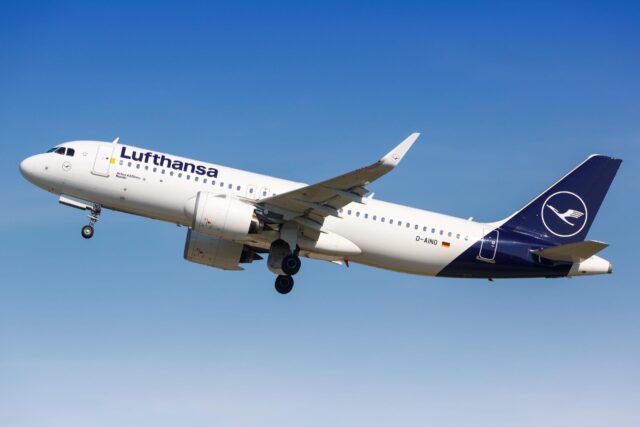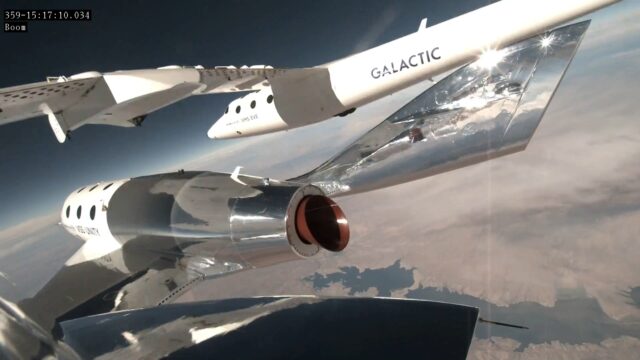Cargo wars: Boeing drills first hole for 777-8 freighter as Airbus A350F horizontal stabiliser completed

July 23, 2025

Boeing has officially begun production of the 777-8F, its next-generation freighter, at its Everett facility.
Based on the 777X platform, the aircraft will be the largest twin-engine freighter on the market. It offers a higher payload capacity than the current 777F, with improved fuel efficiency and range.
The fabrication of the first 777-8F began with some fanfare at the Everett facility. Boeing employees gathered to witness the first hole drilled in the wing spar by a robotic arm.

“All that work that goes into starting the program, the years of development, the years of engineering, the years of supply chain procurement and contracting…” said Jason Clark, vice president and general manager for the 777/777X program, as the Seattle Times reported.
“The blood, sweat and tears, all of that innovation comes together and is represented in that first hole.”
The wing spar is the long beam that forms the critical load-bearing support for the first 777-8F wing. For the 777-8F, wing spars measure more than 100 feet (30.5 metres) long.

Since the launch of the 777-8F in early 2022, Boeing has secured 59 firm orders from a range of cargo operators and combination carriers.
While launch customer Qatar Airways was originally expected to take delivery of the first Boeing freighter in 2027, that date has been extended to 2028.

One holdback is that certification is still pending for the 777X family, though Boeing anticipates the FAA will certify the aircraft by 2026.
Airbus completes the horizontal stabaliser for the A350F
Boeing’s excitement over the drilling of a hole was met by a ‘hold my beer’ moment from its European rival.
Within hours of the 777-8F news, Airbus released a little news of its own. It has completed the first horizontal stabaliser for the A350F.

Working across two sites in Spain, Cadiz and Getafe, the huge rear tailplane was announced as completed on 23 July. It will now be shipped to the final assembly line in Toulouse to be joined with the fuselage of the first test aircraft.
AIrbus is planning to have the first test aircraft in the air by 2026, with a second joining in 2027.
Airbus vs Boeing: Which new-generation freighter will win?
Boeing has positioned the 777-8F as a direct replacement for ageing 747-400Fs and older 777Fs. Its improved fuel efficiency is an advantage as more stringent ICAO CO₂ emissions standards come into effect for new production in 2028.
Like the Boeing 777-8F, the A350F also meets upcoming emissions standards. While it doesn’t have such a large pool of legacy aircraft to replace, Airbus is hoping its trademark cross platform compatibility will make it particularly appealing to combination airlines that already operate A350 passenger aircraft.
The A350F is smaller than the Boeing freighter, with space for 30 pallets against Boeing’s 31, and seven tonnes less payload. But it makes up for that with longer legs; its range is around 400 miles greater.

In terms of sales, the A350F is marginally ahead, with 66 firm orders recorded in Airbus’ latest report. As noted, Boeing’s 777-8F has secured 59 confirmed orders as of June 2025.
Both Boeing and Airbus are betting on the sustained e-commerce growth, global supply chain diversification, and replacement demand to make their new freighters a success.
But Airbus gets a first mover advantage, even though its project is delayed by a year. It now plans to hand over the first A350F in 2027, while Boeing’s customers will be waiting until 2027 or later.
The A350F and 777-8F are entering a robust cargo market
Boeing projects strong long-term demand for dedicated freighters. According to its most recent Commercial Market Outlook, the company expects the global freighter fleet to nearly double from 2,375 in 2024 to 3,975 by 2044.

The large widebody freighter category, which includes the 777-8F, is expected to increase from 655 in 2024 to 1,240 by 2044.
In the Airbus Commercial Market Forecast, demand for 970 new-buiild freighters is projected.
IATA data showed 2024 demand for air cargo was at record levels. Cargo miles increased more than 11%, while available capacity increased by 7.4%.
While analysts agree the cargo boom is slowing compared to COVID times, there’s still a robust level of demand. Approximately 35% of global trade by volume moves by air.
Both manufactruers agree that the global freighter fleet will expand in the coming decades, but as well as growth, there is a huge market for replacement aircraft.
Some 1,285 existing freighters are expected to require renewal, making for a sizeable level of built-in demand. Still, with Boeing’s 747s, 777s and 767s forming the backbone of the global freighter fleet, Airbus has an uphill struggle to tempt the largest operators away from their manufacturer of choice.
